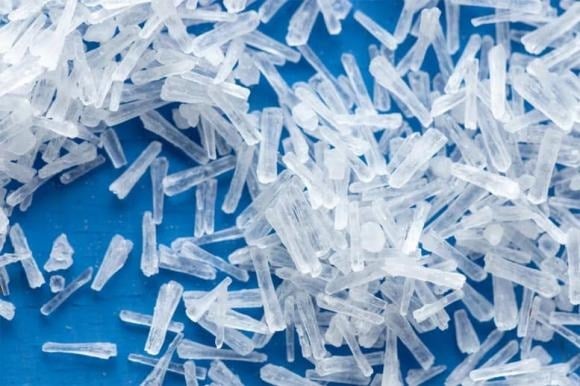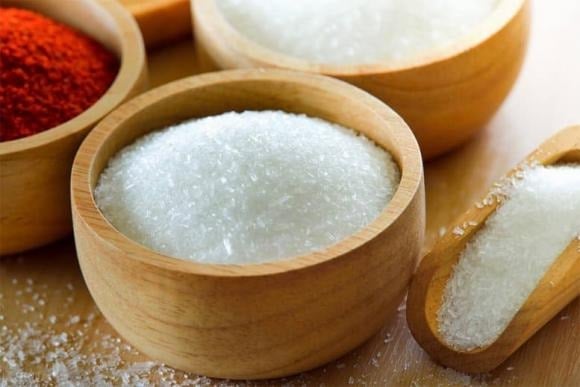Monosodium glutamate, commonly known as MSG, is the primary component of this popular seasoning used to enhance food flavors. This seasoning is frequently used in Vietnamese cuisine and widely across Southeast Asian countries.
According to Associate Professor Nguyen Duy Thinh, a former lecturer at the Institute of Food Technology, Hanoi University of Science and Technology, MSG has long had a negative reputation. However, in Vietnam, the Ministry of Health permits its use. Both the European Community’s Scientific Committee on Food (EC/SCF) and the US Food and Drug Administration (FDA) have concluded that MSG is safe and does not adversely affect health.

MSG enhances flavors, stimulates the sensory nervous system, increases gastric juice secretion, and aids digestive enzyme activity. Nonetheless, with a plethora of food choices available, some individuals express concerns about MSG due to rumors of its links to cancer and stroke. Addressing these concerns, Mr. Thinh asserts that MSG is harmless when consumed in reasonable amounts.
Regarding “MSG intoxication,” Mr. Thinh explains that this occurs in some individuals due to allergies or excessive consumption. However, modern science has yet to provide a definitive explanation for this phenomenon. In reality, MSG is also used in many processed foods and fast foods.
Mr. Thinh emphasizes that while MSG is not a toxin, it should not be overused. Families should be aware that MSG is merely a seasoning and provides no nutritional value. In meal preparation, cooks should refrain from using excessive MSG to compensate for essential nutrients like protein, fiber, fats, and micronutrients.
When using MSG, particularly when seasoning dishes, ensure you don’t add it at very high temperatures. Turn off the heat before adding MSG, and avoid using it in fried foods while they are still at high temperatures. The ideal temperature for seasoning with MSG is between 70-75 degrees Celsius.

Counterfeit MSG products are prevalent in the market, so consumers should opt for products with clear origins and avoid those without proper packaging or insufficient information.
- Avoid using MSG in cold dishes with sour or sweet flavors as it may create an unpleasant astringent taste.
- The ideal temperature to maximize MSG’s effect is approximately 75°C. Do not add MSG to dishes or soups that are too hot.
- For optimal flavor, it is best to add MSG just before serving, rather than too early in the cooking process.
- Given the high sodium content in MSG, refrain from adding excessive salt or soy sauce after seasoning with MSG.
- Foods like chicken, fish, mushrooms, jellyfish, and clams possess natural delicious flavors, so additional MSG is unnecessary.
Ultimately, moderation is key when consuming any food, including MSG. Striking a balance ensures you maintain a healthy relationship with food and your well-being.



































